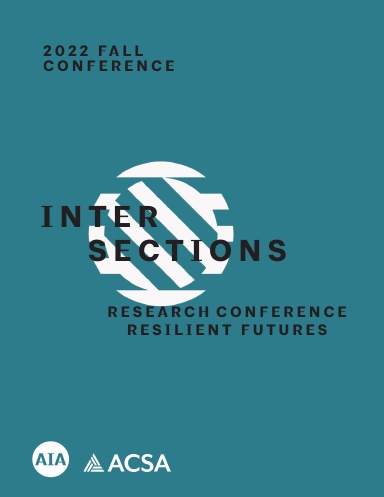Author(s): Stathis G. Yeros & Chandra M. Laborde
Much of the violence, social, and racial marginalization associated with downtown urban neighborhoods in the last forty years, exacerbated post-Covid, can be traced back to histories of targeted dispossession masked as urban redevelopment during those decades. This paper examines the dynamics of dispossession, disinvestment, and displacement in the context of the Tenderloin, an under-resourced downtown area in San Francisco. It focuses on the intersection of Turk and Taylor Streets in the Tenderloin as the site of a speculative design proposal aiming to reverse the erasure of Tenderloin’s activist past and the cultures of the queer and trans people who consider it home. The intersection was the site of a queer grassroots uprising against police brutality, the Compton’s Cafeteria Riot of 1966. The riot at Compton’s was spearheaded by street youth and gender-nonconforming people and occurred three years before the Stonewall Riot in New York which typically marks the beginning of the modern LGBTQ rights movement. As such, its symbolism extends far beyond the Tenderloin. Today, the three-story building that housed Compton’s Cafeteria at street level and a residential hotel above is operated as a halfway house by GEO Group, a for-profit prison company that also operated broadly criticized children detention spaces on the US-Mexico border. At a time when advances in LGBTQ rights during the last three decades are increasingly facing political and policy obstacles nationwide, Compton’s legacy and the building’s current use demonstrate American society’s enduring perception of specific bodies, especially those of queer, transgender, and non-binary people of color, as urban interlopers. Moreover, these bodies don’t fit mainstream representations of queerness as a predominantly white, middle-class, consumerist culture.
https://doi.org/10.35483/ACSA.AIA.Inter.22.6
Volume Editors
Gail Napell & Stephen Mueller
ISBN
978-1-944214-42-13

 Study Architecture
Study Architecture  ProPEL
ProPEL 
